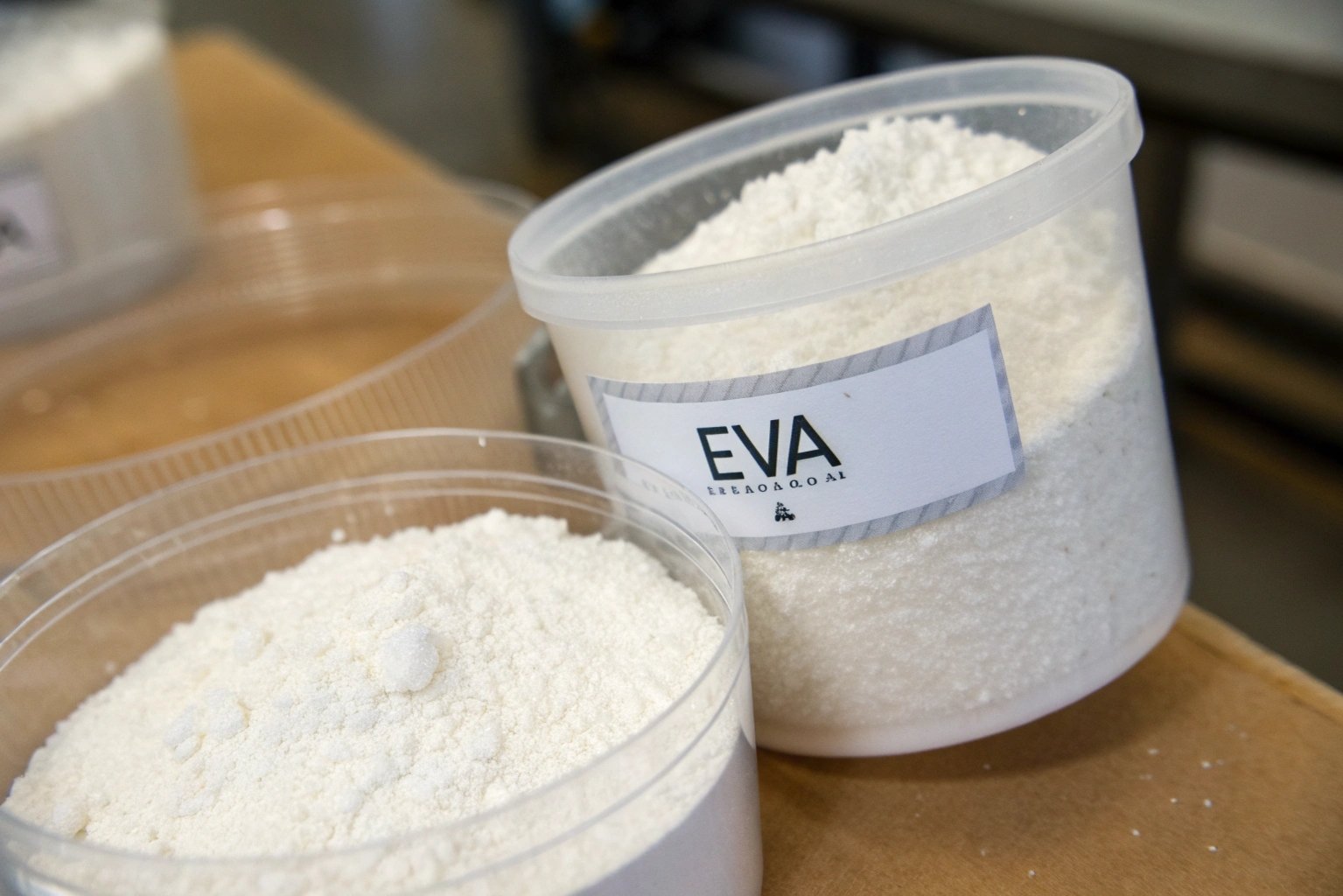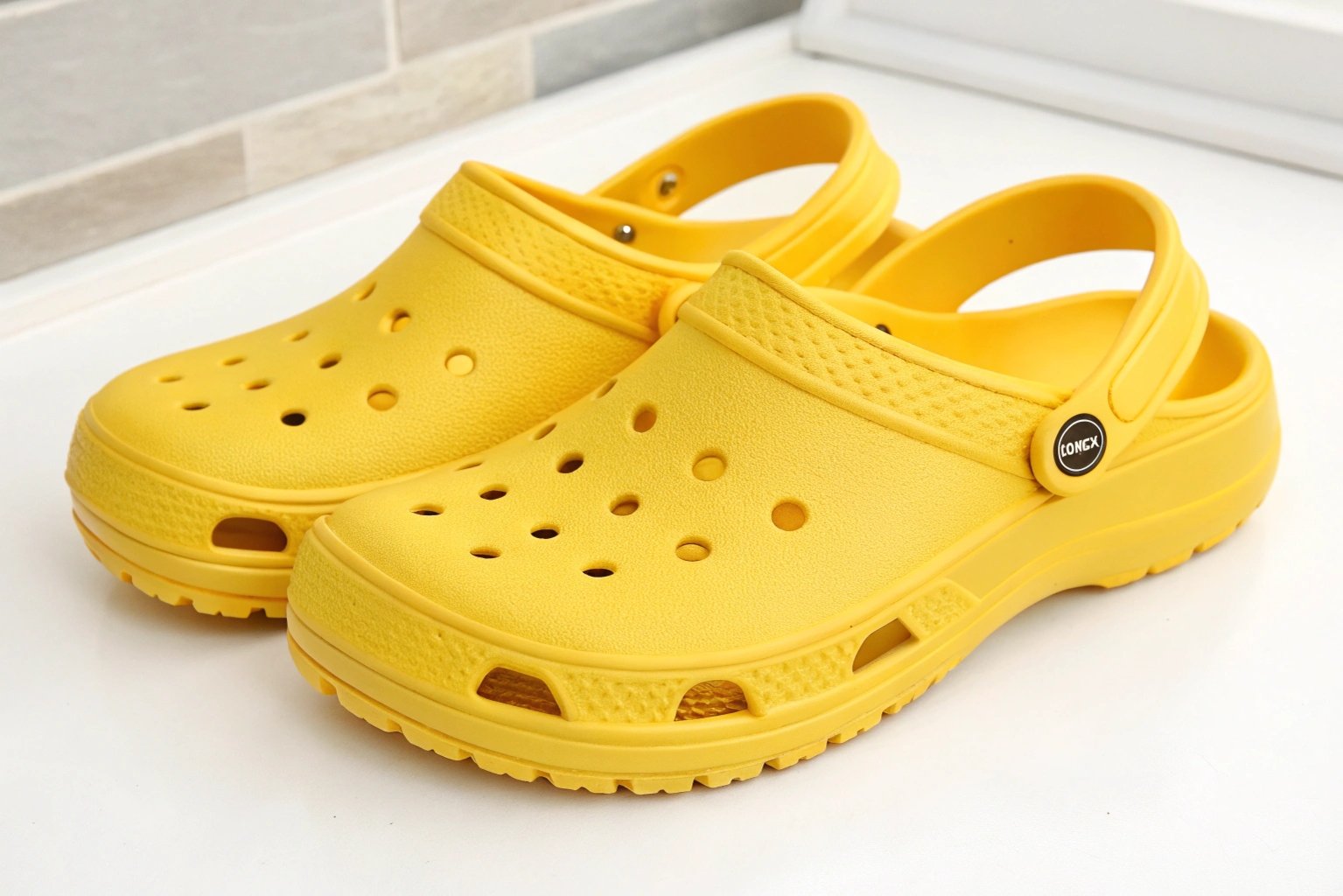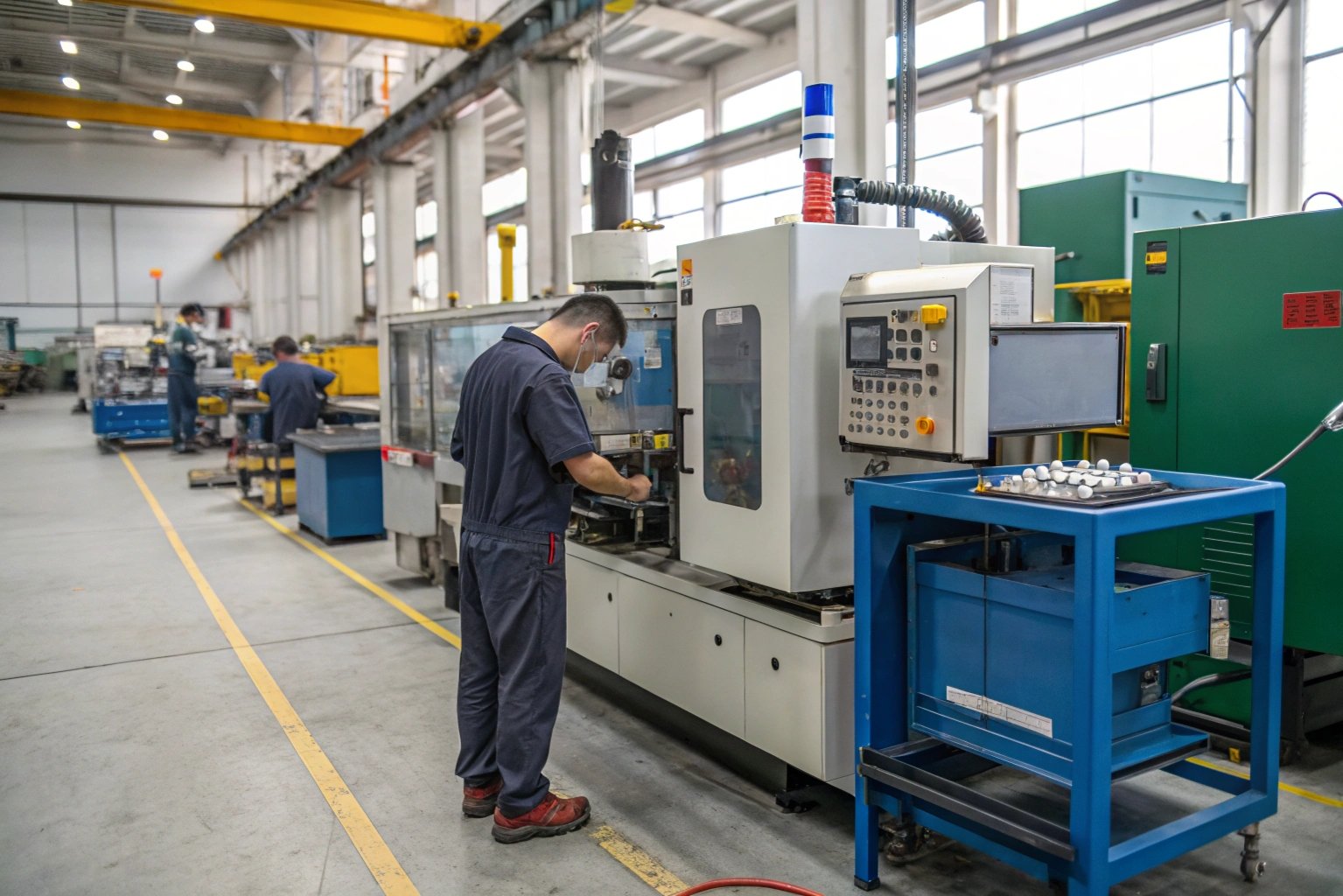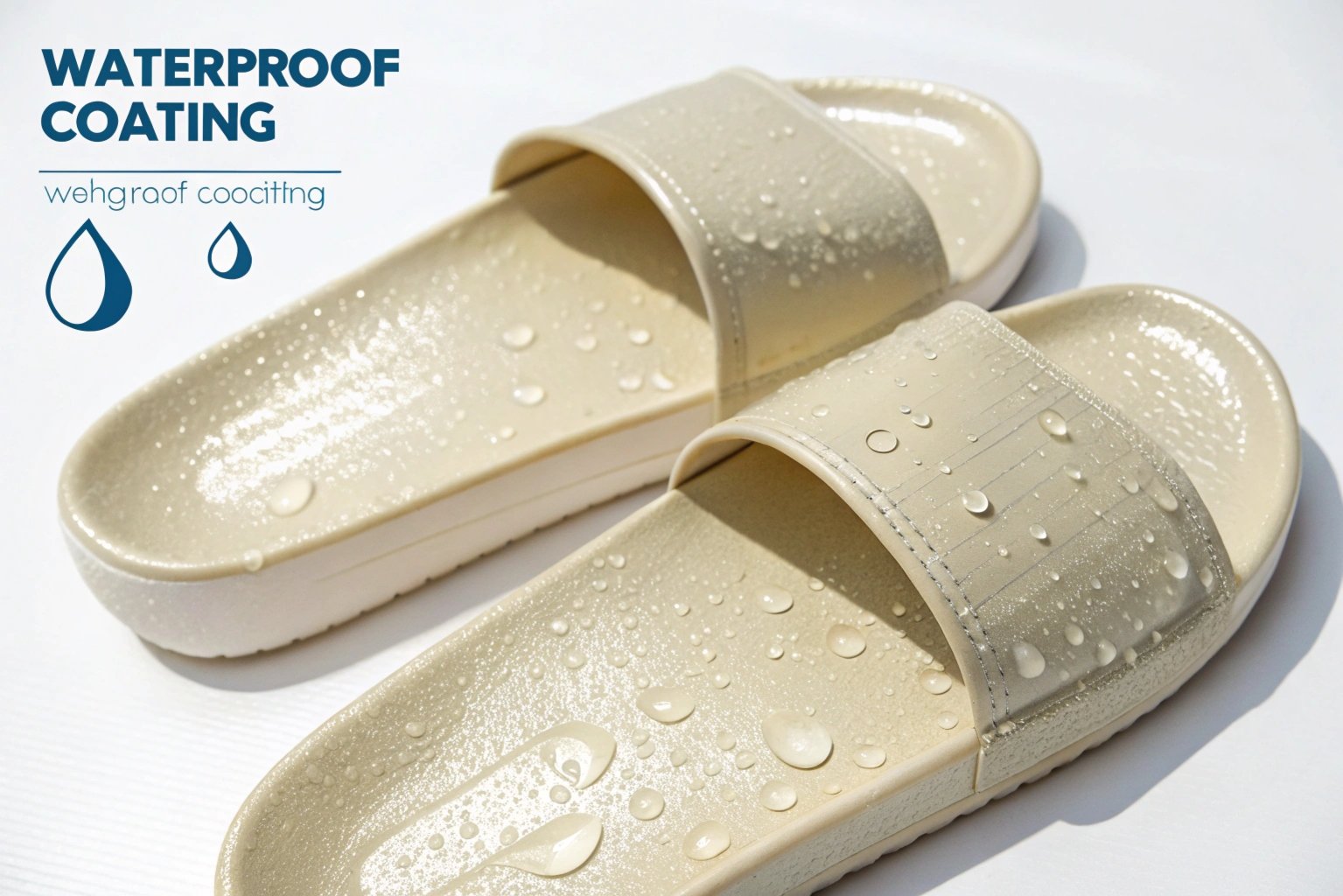Worried about your feet getting wet in your slippers? Do you need slippers that can handle splashes and puddles?
Plastic slippers achieve waterproofness through material selection and specialized manufacturing processes. These processes create a barrier that prevents water from penetrating the slipper.

So, how exactly do we make our EVA plastic slippers waterproof? Let’s explore the production technologies that ensure your feet stay dry.
What Materials Make Plastic Slippers Waterproof?
Are all plastics equally waterproof? What are the best materials?
Water getting inside slippers is annoying. Choosing the right material is the first step to avoiding this issue.
EVA (ethylene-vinyl acetate) is a closed-cell foam. This makes it naturally waterproof. Other plastics, like PVC, also repel water. However, the density and processing of these materials are key.

EVA plastic is a popular material for waterproof slippers, and for good reason. Its closed-cell structure inherently resists water absorption, preventing it from seeping into the material and keeping your feet dry. When selecting EVA, the density plays a crucial role. Higher-density EVA offers enhanced waterproofness, as the tighter cell structure minimizes potential entry points for water. PVC, while also water-resistant, can be less flexible and comfortable than EVA, making EVA the preferred choice for many slipper manufacturers. We at Ningbo Cotton Slipper Co., Ltd. prioritize EVA due to its excellent balance of waterproofness, comfort, and durability, ensuring that our slippers meet the demands of our customers. Think of it like this: a sponge with tiny, tightly packed holes versus a sponge with larger, more open holes. The tighter the holes, the less water it absorbs.
How Does Molding Affect Waterproofness?
Can the way a slipper is made make it more waterproof? Does injection molding help?
If the slipper isn’t molded correctly, water can get in. Let’s look at how molding techniques improve waterproofness.
Injection molding is a common method for making plastic slippers. It creates a seamless, one-piece construction. This reduces the risk of water seeping through seams or joints.

Injection molding is a game-changer in creating waterproof plastic slippers. The process involves injecting molten plastic into a mold, allowing it to solidify into a single, cohesive unit. This seamless construction eliminates potential weak points where water could penetrate. We control the molding process meticulously, ensuring that the plastic fills every crevice of the mold, resulting in a dense and watertight structure. This technique is especially effective for producing slippers with intricate designs or patterns, as the molten plastic conforms precisely to the mold’s shape. By using high-precision molds and carefully controlling the injection parameters, we can consistently produce slippers that offer superior waterproof performance. I remember one time, a client was so impressed with the seamless design that he said it looked like the slipper was carved from a single block of plastic!
What Role Does Surface Treatment Play?
Can a coating make a slipper even more waterproof? What kinds of treatments are used?
Just molding isn’t always enough. Coatings and treatments can improve water resistance.
Applying a waterproof coating can further enhance the slipper’s resistance to water. These coatings create a hydrophobic layer on the surface, causing water to bead up and roll off.

Surface treatments play a vital role in maximizing the waterproofness of plastic slippers. While the inherent properties of EVA or PVC provide a good starting point, applying a waterproof coating takes it to the next level. These coatings, often made from specialized polymers, create a hydrophobic surface that repels water molecules. This causes water to form beads and roll off the slipper instead of soaking in. The application process is critical, as the coating must be evenly distributed to ensure consistent protection across the entire surface. We carefully select coatings that are not only waterproof but also durable and non-toxic, ensuring that our slippers are safe and long-lasting. In addition, surface treatments can enhance the slipper’s resistance to dirt and stains, making them easier to clean and maintain. We once tested different coatings under extreme conditions, and the results were impressive – some coatings could withstand continuous water exposure for days without showing any signs of water penetration!
Conclusion
Waterproof plastic slippers rely on careful material selection and molding. Surface treatments provide extra protection.

